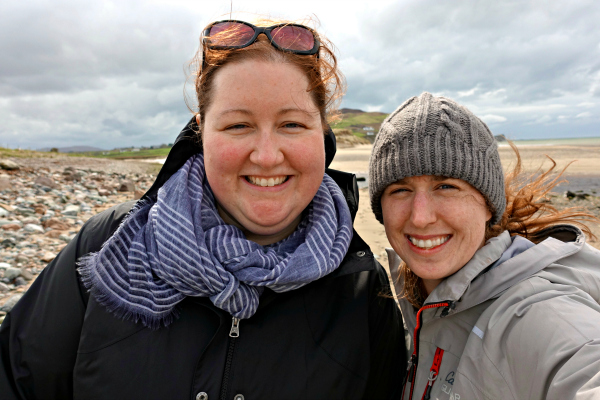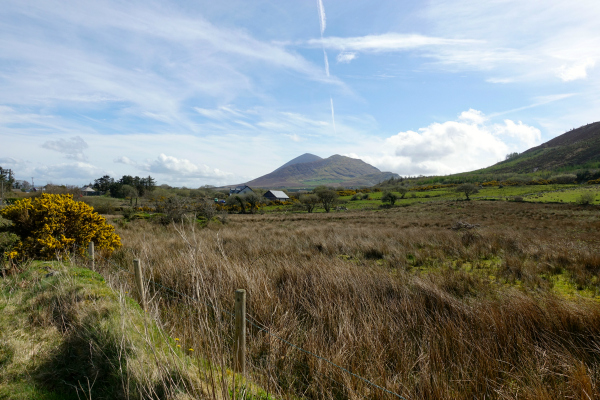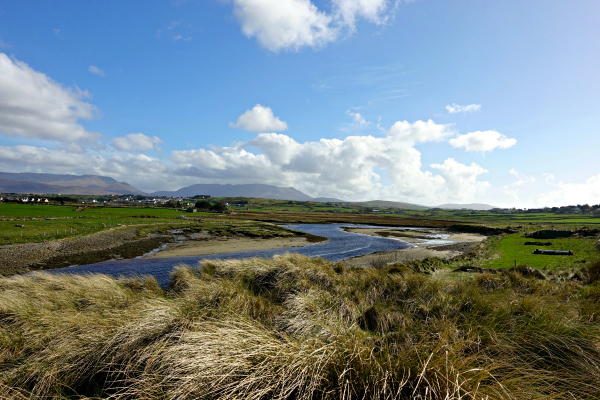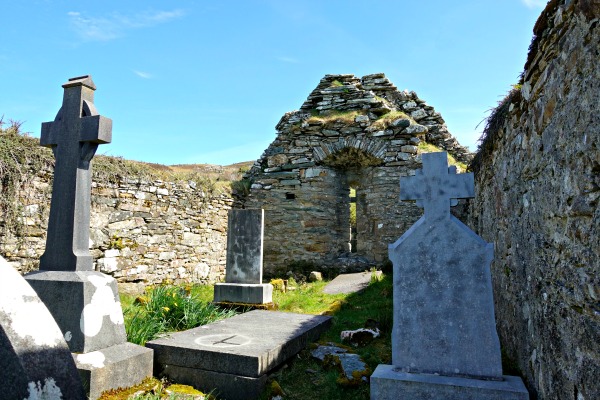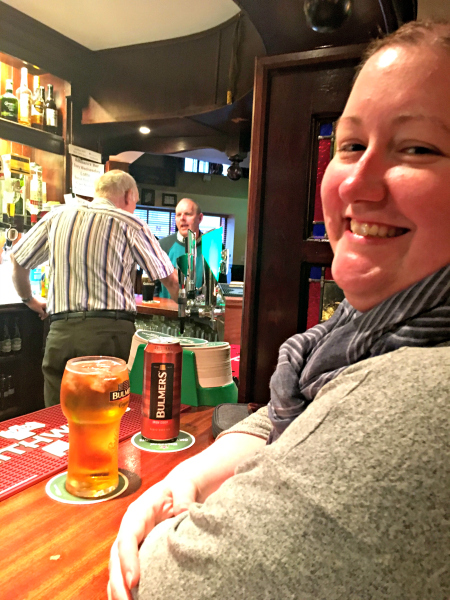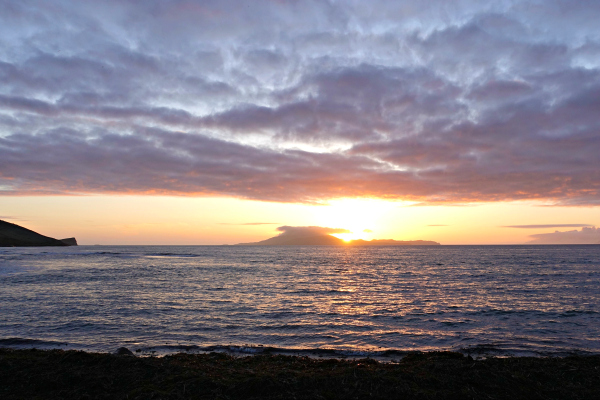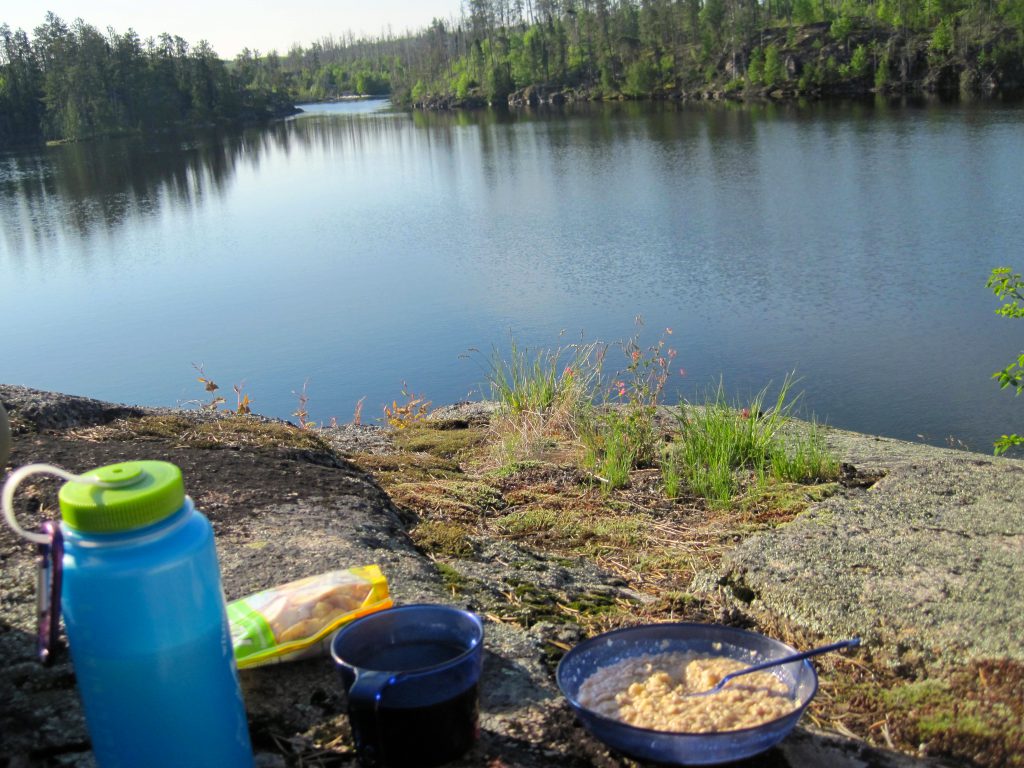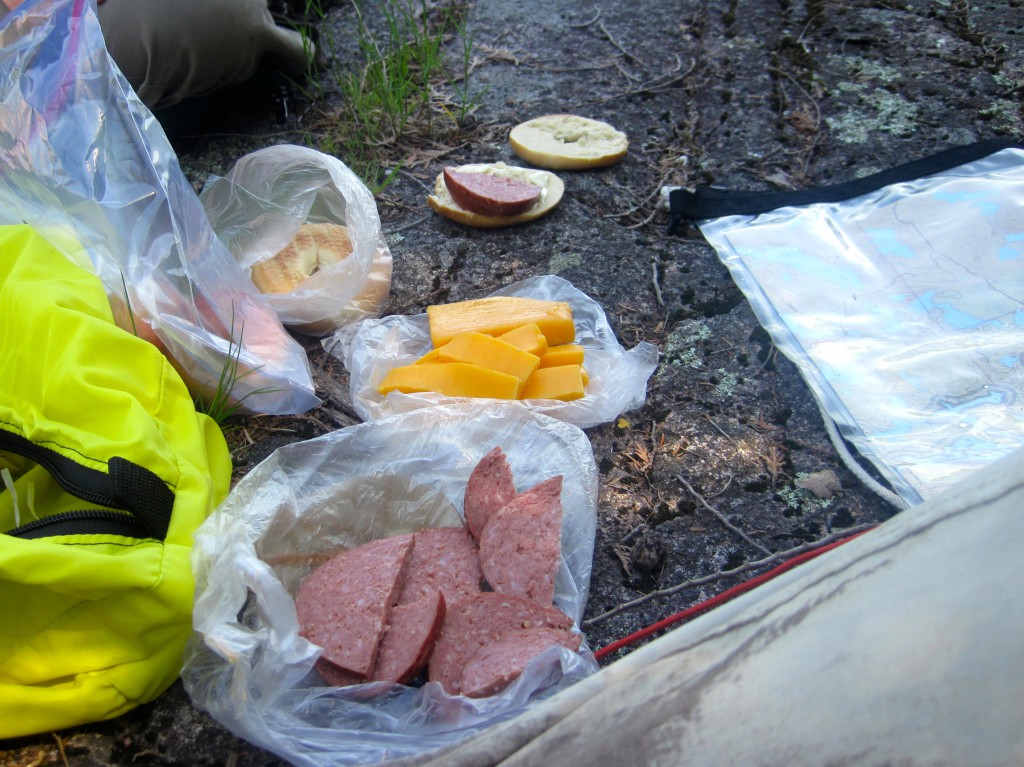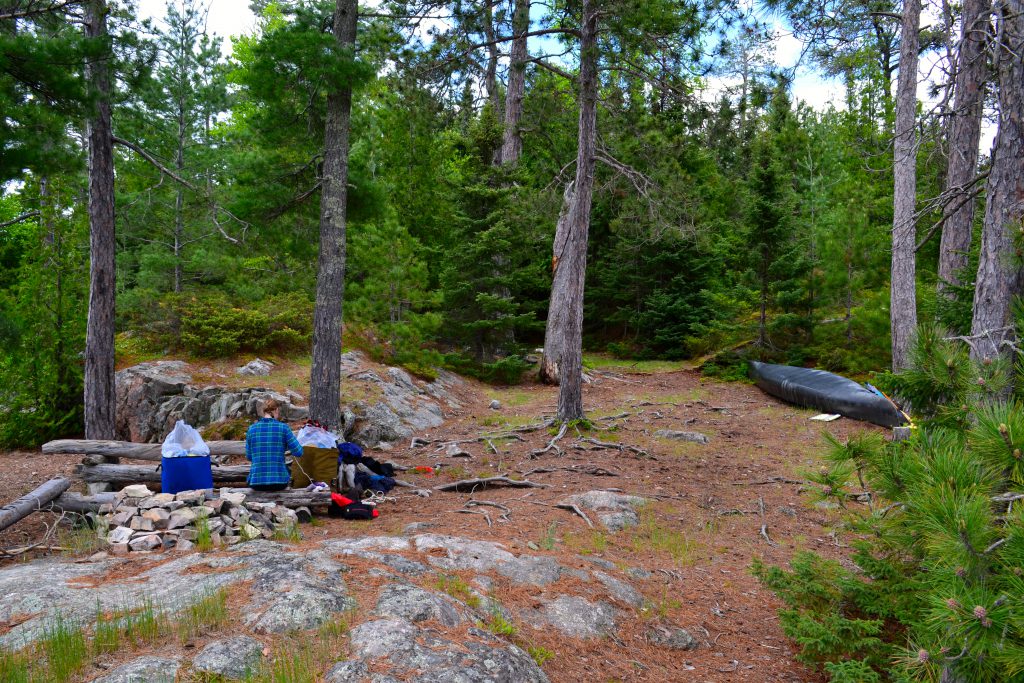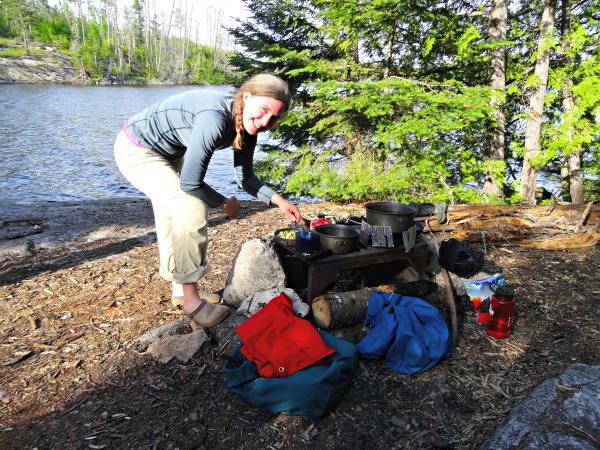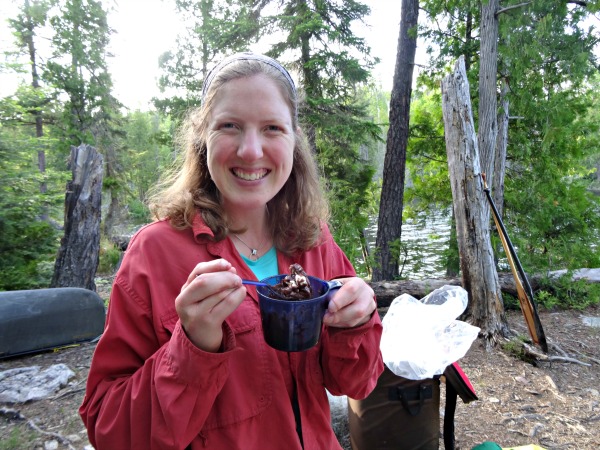So I went to the Kentucky Derby back in May.
During my childhood I’d always go over to my grandma’s to watch the Derby on the first Saturday of May and in adulthood, I’ll use it as an excuse to mix up a mint julep, but to say Derby Day is integral to my springtime traditions is a stretch. Although, I suppose maybe that’ll change now that I’ve been part of the “Most Exciting Two Minutes in Sports.”
The decision to attend this year’s Derby was based around my goal of visiting all 50 states (only 11 to go) and while deciding to attend the Derby in order to check off Kentucky was an easy decision, it turns out figuring out how to attend the Kentucky Derby is more complicated.
We started planning the trip in late September last year and while one would think nearly nine months out from the actual event would be plenty of time to figure out logistics, apparently by Kentucky Derby standards we were basically cutting it to the wire. In the end, we opted for a package deal through Derby Experiences. It seemed like the most straightforward way to accomplish our primary objectives of sitting in a chair at Churchill Downs (aka, not standing in the allegedly unruly infield crowd), securing a hotel room (prices are crazy inflated for Derby weekend), and oh yeah, actually getting tickets to the Derby.
The steep price to pay for attending the event that synonymous with a state doesn’t stop at hotel rooms. Flight costs to Louisville over Derby weekend are insanely inflated (aka: you could fly round trip to Australia for less) and while it’s a little cheaper to fly into the closest cities of Indianapolis or Cincinnati, in the end, the most economical option was to fly into Dayton, OH and road trip from there. The packed interstate on the drive back to Dayton on Sunday afternoon told us, we weren’t the only ones with this “budget travel” idea.

Other things I learned about the Derby as I prepared for the trip is that the Derby is a lot more than just the one televised race on Saturday evening. I sort of assumed that there were other races on the track leading up to the Derby race, but didn’t realize that it was a multi-day horse racing festival. While we missed Thurby festivities (races, a parade, and parties on Thursday somewhat tailored towards the local crowd), we were at Churchill Downs all day for both Oaks Day (Friday) and the actual Derby on Saturday.

The Friday before the Derby – Oaks Day – is devoted racing three-year-old thoroughbred fillies . . . aka, lady horses. Although fillies can opt to run in the Derby and three have actually won the race, the vast majority of horses in the Derby are three-year-old colts and geldings. It’s traditional to wear pink on Friday as a nod to the fillies.

(In this picture, it’s about 80 degrees with 110% humidity, but stay tuned . . . .)

The weather forecast never looked great for Derby Day and the morning dawned rainy and cold.
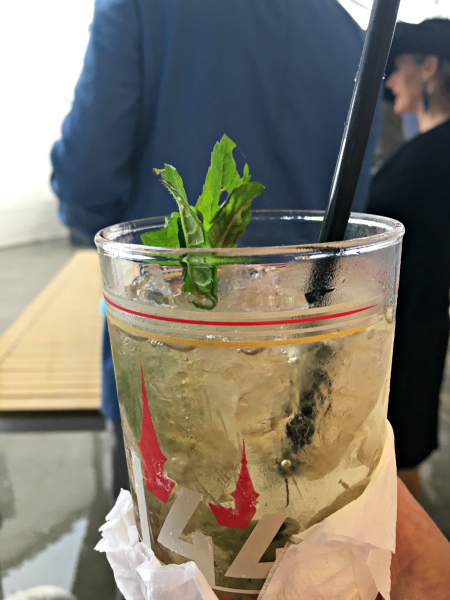
It’s hard to tell in this photo, but the condensation is frozen on that mint julep glass.

What do you do when it’s pouring rain on Derby Day at Churchill Downs? You accept a clear plastic poncho as part of your ensemble and carry on.
We didn’t bet much on Oaks Day, mostly because we weren’t sure what we were doing, but we did both bet on the actual Oaks race and when my pick for “show” came in third and I was rewarded with actual cash money ($4.85 to be exact), we realized that betting was a pretty simple and cheap way to increase your interest in any given race. (The minimum bet you can place is $2 and we stuck to the $3-5 range for all our bets.) With the steady rainfall, we spent the day packed under roofs near the betting booths and concession stands with all the other people from our open air seating section and adopted a highly personal algorithm of horse names we liked, odds, and expert picks to place our bets. It should be noted, that while we both came out ahead with our bets, attending the Kentucky Derby is in no way a money making venture.
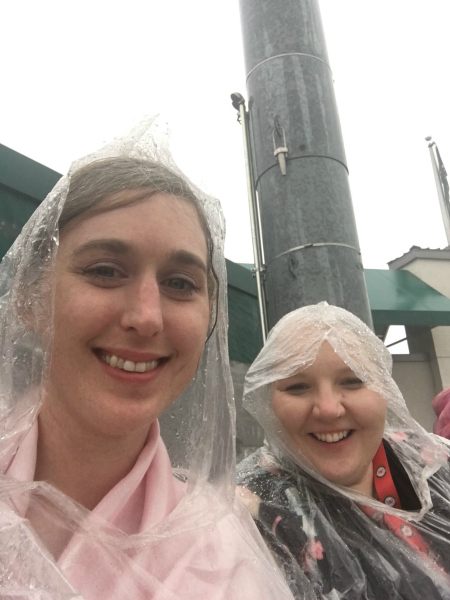
By the time our shuttle bus rolled out of Churchill Downs on Derby Day, we knew we’d been part of a historic event: it had rained 3 inches, making it the rainiest Kentucky Derby ever.
It wasn’t until June 9 (Belmont Stakes) that the significance of the race we’d watched really sunk in. That’s when Justify became the 13th Triple Crown winner. I’m happy to report that he was pick to win “across the board” on Derby Day and it was fun to watch him continue to dominate at the Preakness and Belmont Stakes.
I doubt I’ll return to Churchill Downs for another Derby, not even to see if we might get better weather. Unless you’re a horse racing fanatic, the Derby falls pretty squarely in the “bucket list” category of travel experience. But I’ll always be glad I went for a fun, albeit soggy, experience.
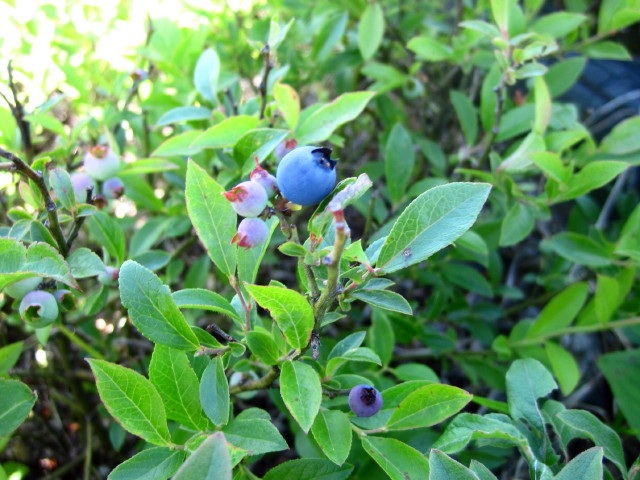
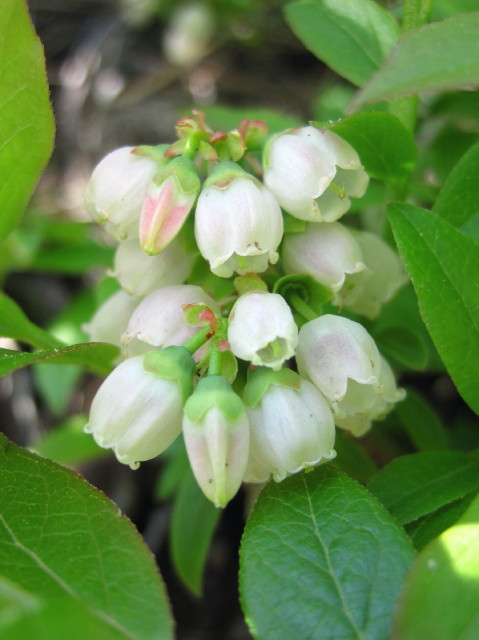

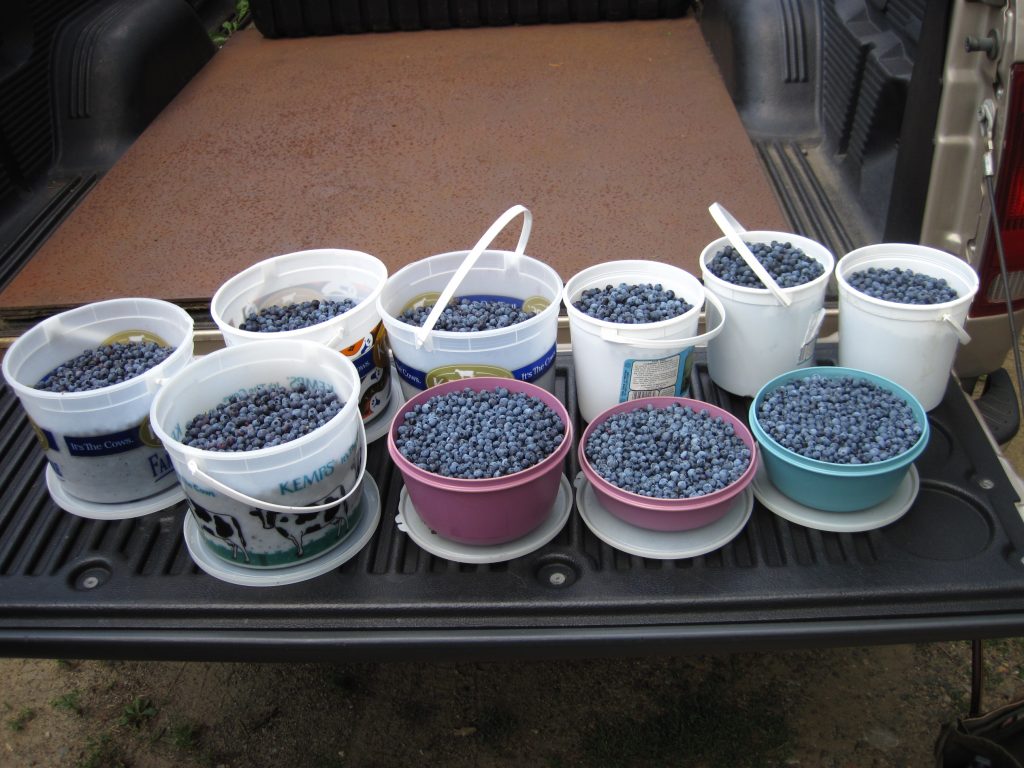 You’ll need to provide your own berry picking containers. Gallon sized ice cream buckets with lids (to prevent spillage when you walk over the rocky terrain back to your car) are the berry picking vessel of choice around here.
You’ll need to provide your own berry picking containers. Gallon sized ice cream buckets with lids (to prevent spillage when you walk over the rocky terrain back to your car) are the berry picking vessel of choice around here. 
